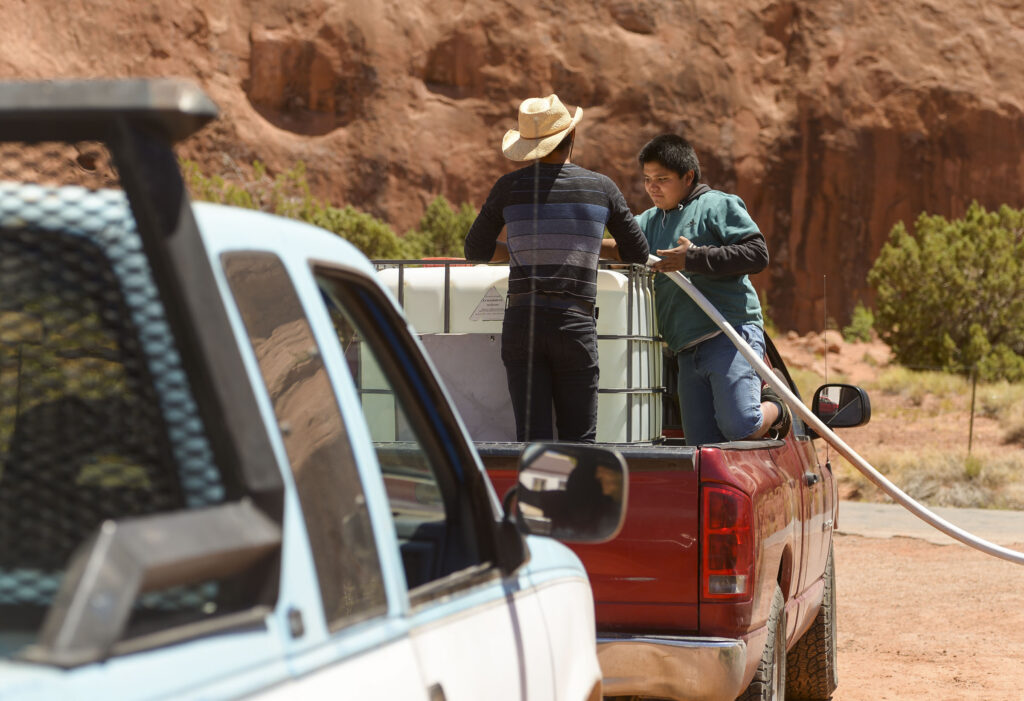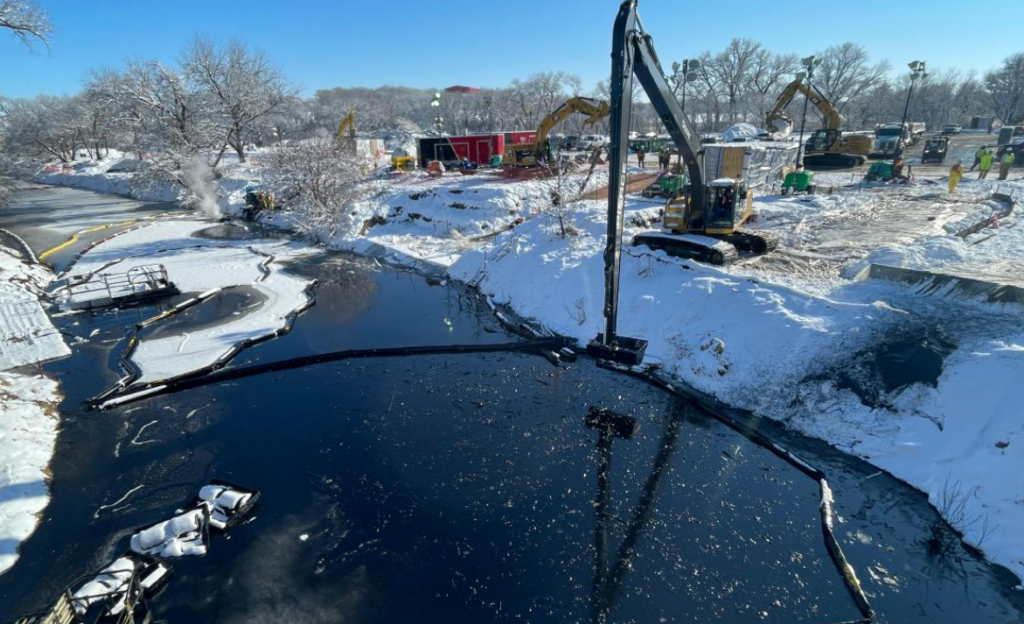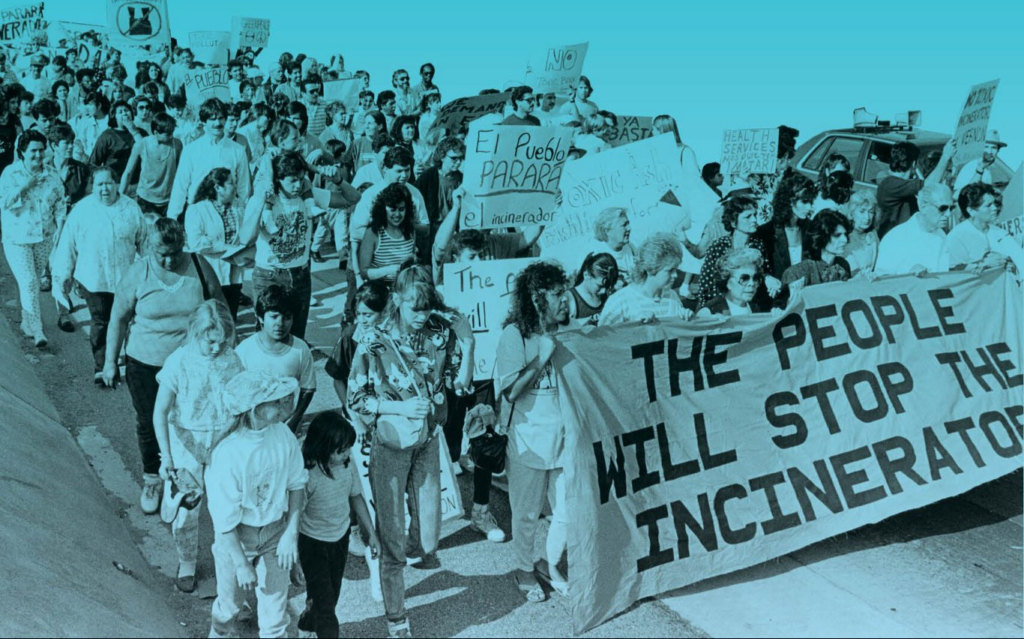
By Sharon Franklin.
In July 2023, I wrote the blog, “There’s An Ethylene Oxide (EtO) Health Emergency in South Memphis, Tennessee.” In it, I discussed the air pollution created by the Sterilization Services of TN (SELC) in Memphis, Tennessee. According to an August report by Adrian Sainz from AP News, SELC will officially be closing its Memphis plant!
As background, SELC is a medical equipment sterilizing plant that has been emitting hazardous air pollution since 1976 (permitted to do this since 1985). Ethylene oxide (EtO) is used to clean catheters, syringes, pacemakers, plastic surgical gowns, and other items. On August 24, 2023, the Memphis Community Against Pollution, an environmental watchdog group requested a meeting. This meeting was in response to public concern about the chemical emissions and to petition the Shelby County Health Department for an emergency air pollution order.
Even the EPA understands that the plant’s use of EtO to sterilize medical equipment and materials could lead to cancer and other health risks. While short-term or infrequent exposure to EtO does not appear to pose a health risk, the EPA determined that long-term or lifetime exposure to the colorless and odorless gas could lead to a variety of health problems, including lymphoma and breast cancer. For 30 years, the EPA has regulated EtO emissions; however, in 2016 new scientific information revealed that the chemical is more toxic than previously reported. In April 2023, the EPA proposed limiting the use of EtO after finding a higher than expected cancer risk at facilities that use it for sterilizations.
The EPA claims that it is working with commercial sterilizers to take appropriate steps to reduce emissions. It said that its proposal will reduce EtO by roughly 80% by targeting 86 medical sterilization facilities across the country. The companies will also have to test for the antimicrobial chemical in the air and ensure their pollution controls are working properly. EPA Administrator Michael Regan stated that the “EPA is taking action to ensure communities are informed and engaged in [all] efforts to address ethylene oxide…” The agency further stated that “it is committed to addressing pollution concerns associated with [EtO] ‘in a comprehensive way that ensures facilities can operate safely in communities while also providing sterilized medical supplies.’”
Raul Garcia from Earthjustice argued that “[now] that EPA has new information on precisely where the worst health threats are, the agency must use its full authority to… require fenceline monitoring at these facilities [and] issue a strong new rule.” She also stated that, “No one should get cancer from facilities that are used to sterilize equipment in the treatment of cancer.”
Amanda Garcia, Senior Attorney at the Southern Environmental Law Center, recognized that the Sterilization Services of Tennessee closing the Memphis plant is “a major victory for nearby neighborhoods who have been fighting for cleaner air.” She is “pleased that [the community] may soon be able to breathe easier.”








